Introduction to database management systems
Chapters
Entity Relation Diagram Representation
ER-Diagram is a visual representation of data which describes how data is related to each other. There are few symbol used to represent the relationship between them.
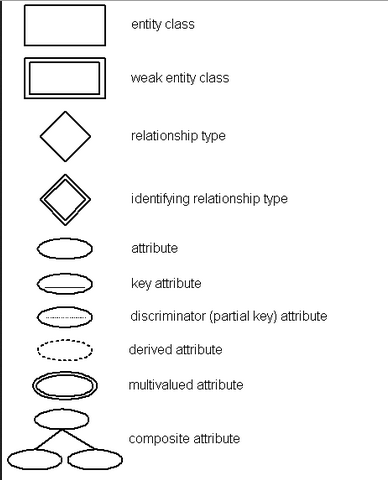
Entity
An Entity can be any person, place, class or object. In E-R Diagram, an entity is represented using rectangles. Eg : In Organization Employee and Department are entity.

Attributes
The Describing the property of an entity is called as Attribute. Eclipse is used to describe the entity. Eg : Age,Name are attribute of Entity.
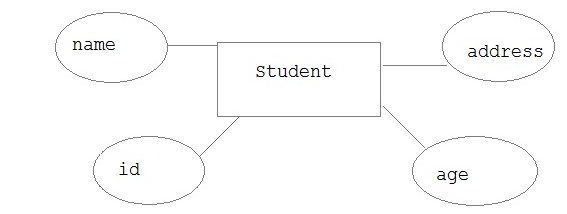
Key attribute
Key attribute represents the main characteristic of an Entity. It is used to represent a primary key. Ellipse with underlying lines represent Key Attribute.
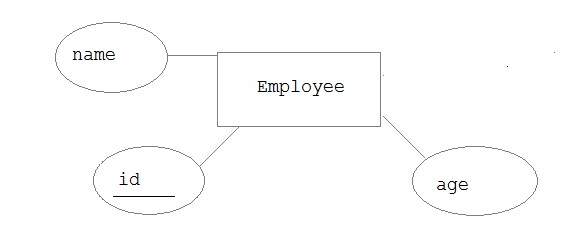
Composite Attribute
An attribute that have their own attributes. These attributes are known as Composite attribute.
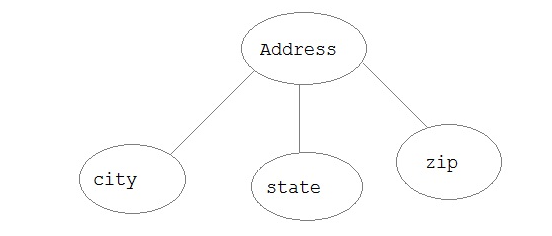
Relationship
A Relationship describes relations between entities. A Relationship is represented using diamonds.

There are 3 types of relationship which exist between Entities.
- Binary Relationship
- Recursive Relationship
- Ternary Relationship
Binary Relationship
Binary Relationship means relation between two Entities. This is divided into three types.
- One to One: This type of relationship is rarely seen in real world.

The above example shows that one student can enroll only for one course and a course will also have only one Student. - One to Many: This reflects business rule that one entity is associated with many number of same entity. For example, Student enrolls for only one Course but a Course can have many Students.

The arrows in diagram shows that one student can enroll for only one course - Many to Many:

The above diagram represents that many students can enroll for more than one courses.
Recursive Relationship
When an Entity is related with itself it is known as Recursive Relationship.
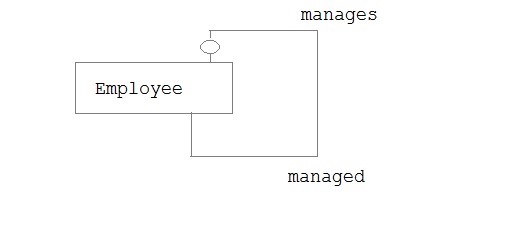
Ternary Relationship
Relationship of degree three is called Ternary relationship.
Participation Constraints
- Total Participation: each entity is involved in relationship. Total participation is represented by double lines.
- Partial participation: Not all entities are involved in the relationship. Partial participation is represented by single lines.

Description
This free tutorial covers the basics of database management system to help you with your understanding on the topic, Please note that this tutorial assumes that either you are a beginner or just want to brush up your understanding on DBMS
Tutorial covers the topics below
- What is DBMS?
- Architecture
- Data Models
- Data Schemas
- Data Independence
- Entity-Relation Model Basic Concept
- Entity-Relation Diagram Representation
- Generalization, Aggregation
- Codd's 12 Rules
- Relational Data Model
- Relational Algebra
- Structured Query Language
- Normalization
- Database Joins
- Storage System
- Indexing
- Hashing
- Transaction
- Concurrency Control and Deadlock
- Data Backup and Recovery
Audience
Absolute beginners or students who wish to brush up their understanding on DBMSes
Author: Subject Coach
Added on: 16th Sep 2015
You must be logged in as Student to ask a Question.
None just yet!